Primary Measures
Insulation: Solid wall, cavity wall, under-floor, loft, flat roof, room in roof, park home.
Low carbon heat: Air source heat pump, ground source heat pump, solar thermal

Insulation
If your home was built before the 1920s, its external walls are probably solid walls rather than cavity walls.
Solid walls have no gap, so they can’t be filled with cavity wall insulation.
Cavity walls are made of two layers with a small gap or ‘cavity’ between them.
Solid walls can be insulated from the inside or the outside.
External wall insulation involves fixing a layer of insulation material to the wall, then covering it with a special type of render or cladding. The finish can be smooth, textured, painted, tiled, panelled, pebble-dashed, or finished with brick slips.
- It can be applied without disruption to the household does not reduce the floor area of your home
- It will renew the appearance of outer walls.
- It will improve weatherproofing and sound resistance.
- It fills cracks and gaps in the brickwork, which will reduce draughts.
- Increases the lifespan of your walls by protecting the brickwork.
- Reduces condensation on internal walls and can help prevent damp (but will not solve rising or penetration damp).
- It is best installed at the same time as external refurbishment work to reduce the cost.
- It may need planning permission - check with your local council.
- It requires good access to the outer walls.
- It is not recommended if the outer walls are structurally unsound and cannot be repaired.
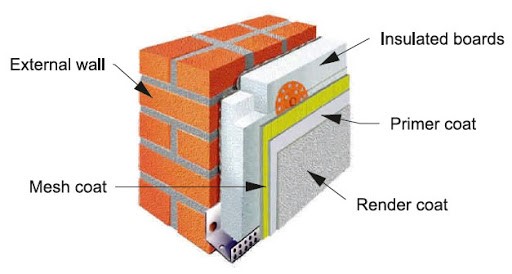
Internal wall insulation is done by fitting rigid insulation boards to the wall, or by building a stud wall filled in with insulation material such as mineral wool fibre.
- Generally cheaper to install than external wall insulation.
- It will slightly reduce the floor area of any rooms in which it is applied. The thickness of the insulation is around 100mm (4").
- It is quite disruptive but can be done room by room.
- It requires skirting boards, radiators, and electrical fittings to be removed and reattached.
- You will need to fix any problems with penetrating or rising damp beforehand.

Your home will be suitable for standard cavity wall insulation if it meets the following criteria:
- Its external walls are unfilled cavity walls.
- Your cavity is at least 50mm wide and is clear of rubble.
- The masonry or brickwork of your property is in good condition.
- The walls are not exposed to driving rain.
- Your house is not at risk of flooding
You will need an installer to carry out a survey to check that your house is suitable. If so, they will then be able to insulate your walls using mineral wool or polystyrene beads.
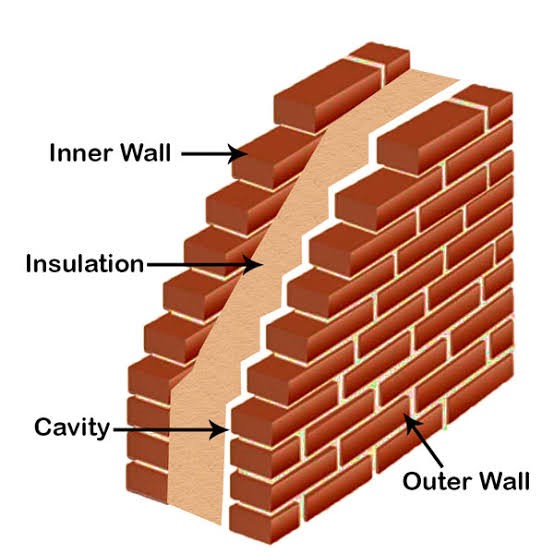
A standard loft can be insulated by laying mineral wool between the joists. These are the horizontal beams that make up the floor of the loft. A second layer of insulation can then be added at right angles to cover the joists, bringing the insulation up to the recommended depth of 270mm. Other flexible materials, such as sheep’s wool insulation, can be used instead of mineral wool.
If the loft is already insulated additional insulation can be added to top up the insulation to the optimum level.

There are 2 main floor types suspended timber floor and solid floor
If your house has a suspended timber floor on the ground floor, then a layer of insulation can be held in place under the floor between the joists. This is called Under Floor Insulation (UFI).

Adding insulation to an existing solid floor not straight forward.
If your house has a solid concrete floor, then there are two ways it can be insulated.
It may be possible to add a layer of rigid insulation board on top of the existing concrete, with a layer of boarding on top of that to create a new floor level. You will lose some headroom, and you will have to move or adjust skirting boards, doors, any fitted cupboards, and maybe electrical sockets or plumbing.
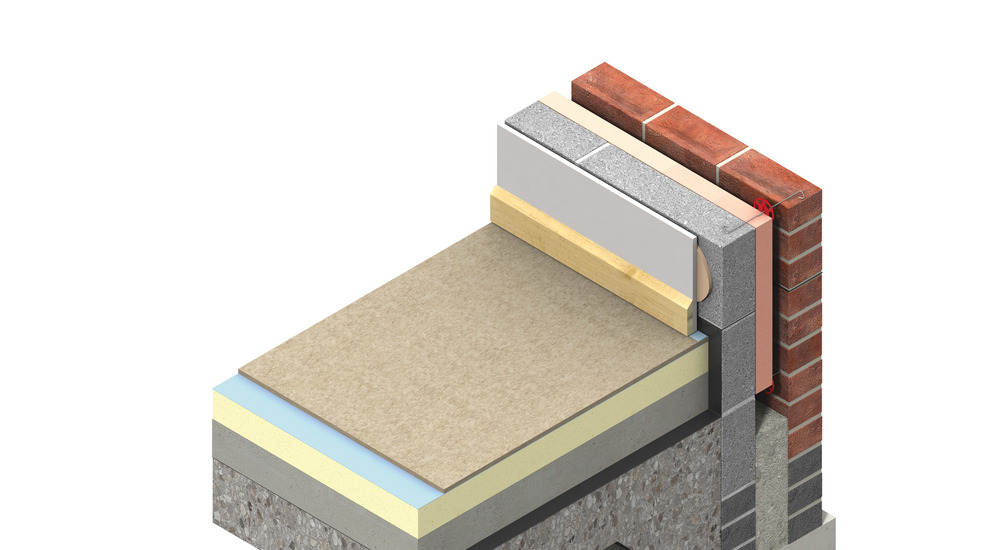
The alternative is to dig out the existing concrete, dig down further and add a new damp-proof membrane, a layer of rigid insulation and a new concrete screed or other flooring.
If you have an old solid floor made of stone flags or similar, then the best way to insulate it is to remove the flagstones, dig down and add a membrane, insulation and screed, before re-laying the stones. This is a major work, but it has the advantage of adding a damp-proof layer which probably wasn’t there before.
Insulation for flat roofing is used to make a structure more energy efficient and minimise heat loss. A flat roof above any heated room should be insulated to help keep the heat in.
Cold Flat Roofing: Insulation is placed in-between the joists underneath the roof surface above.
Warm Flat Roofing: Insulation material is placed on top of the roof, rather than in-between the ceiling and the decking.
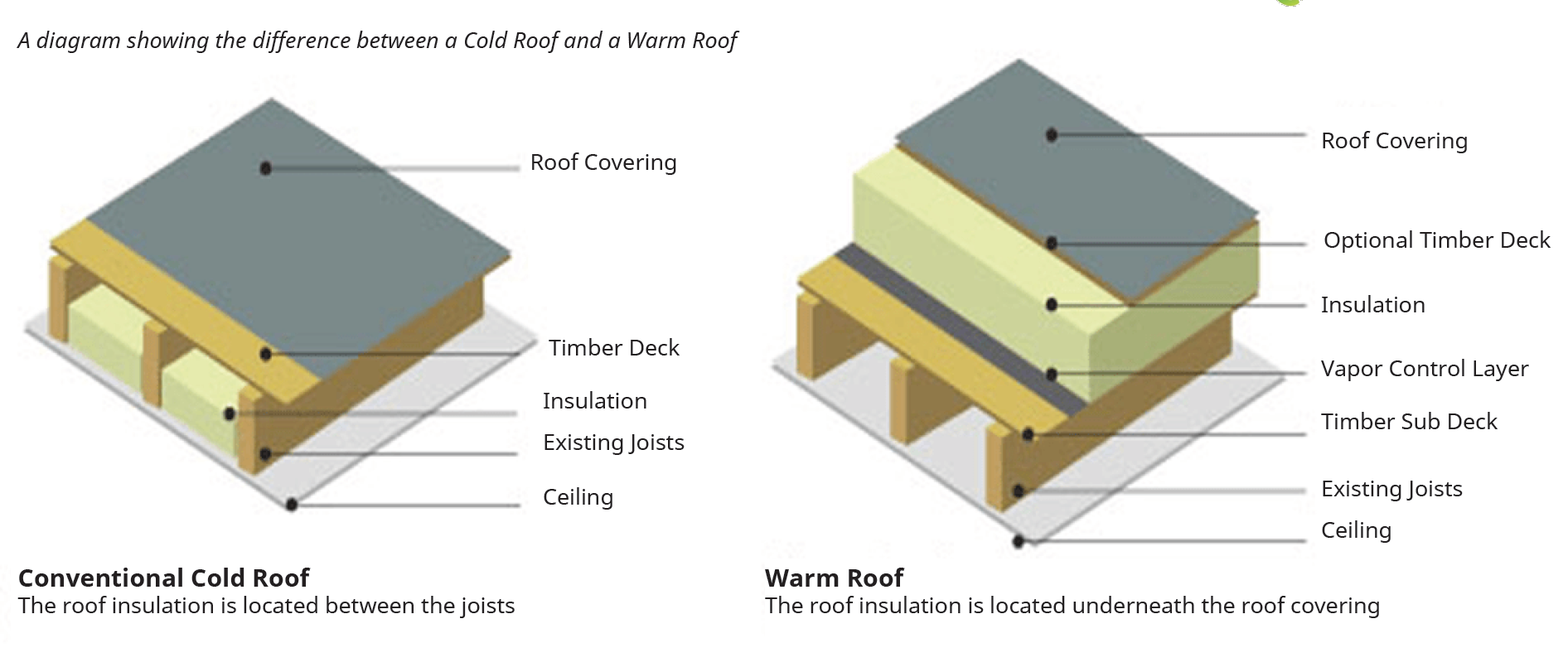
Room In Roof Insulation is where insulation boarding is installed in between the rafters underneath the existing plasterboard walls to help keep the heat inside. The rigid foam insulation boards are generally made from polystyrene or polyurethane.
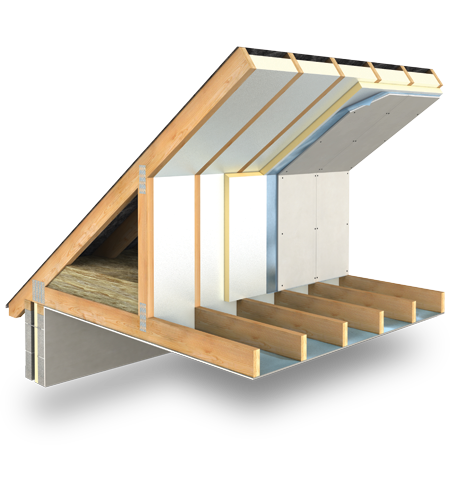
Park homes, especially older park homes, can be less energy efficient and more poorly insulated than other types of properties.
There are three means of improving the insulation to your park home:
Wall insulation:
This can be achieved by fixing insulated panels to the exterior of the home after which a layer of render and decorative coating is applied.
Roof insulation:
Often carried out at the same time as the replacement of roof finishes, appropriately specified roof insulation will improve the energy performance of your home whilst ensuring the roof space is well ventilated
Underfloor insulation:
In most cases this will involve installing foil coated thermal insulation to the underside of the home. Some systems apply spray foam directly to the underside of the floor.
Low Carbon Heat
These take heat at a low temperature, usually from the ground or the outside air, and upgrade it to higher temperature heat that can be used in your home.
The GHG scheme does NOT include replacement conventional boilers
Air source heat pumps (ASHPs) absorb heat from the outside air to heat your home and hot water. They can still extract heat when air temperatures are as low as -15°C. If you have large garden space outside, you could consider a ground source heat pump.
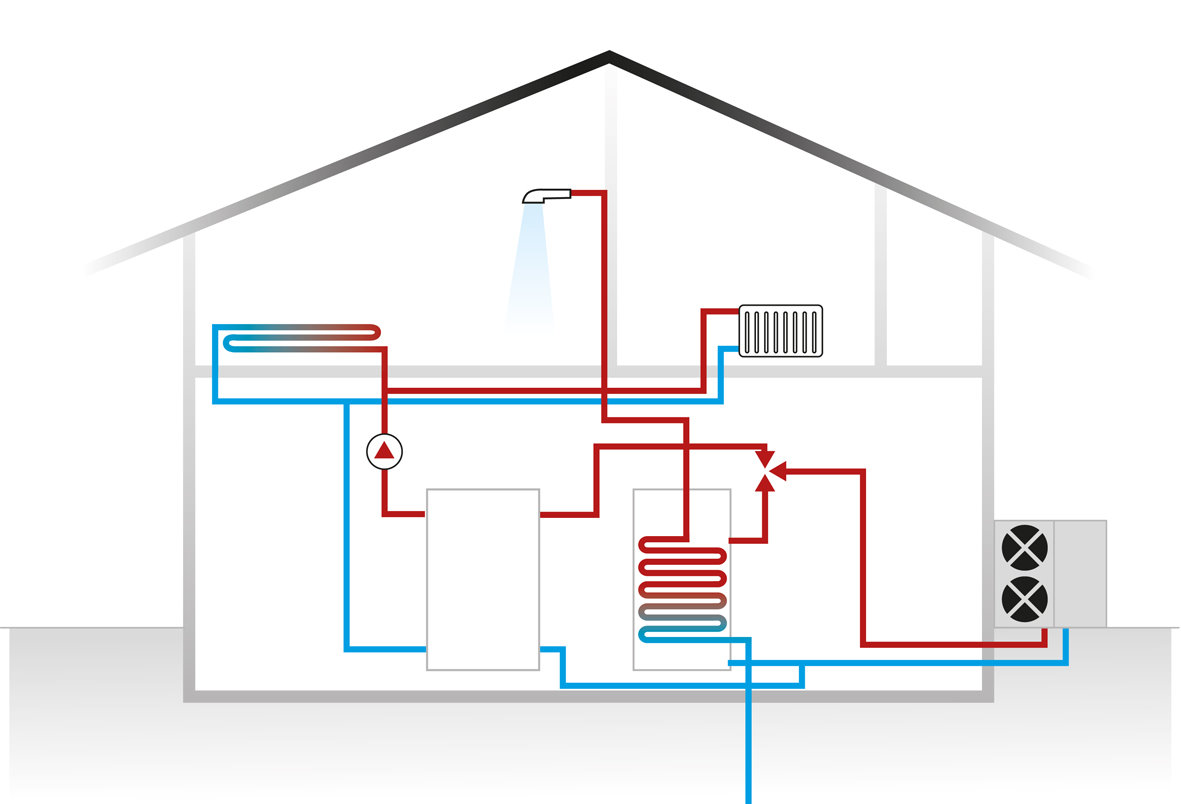
A ground source heat pump system harnesses natural heat from underground by pumping water through it in pipes. The heat pump then increases the temperature, and the heat is used to provide home heating or hot water.
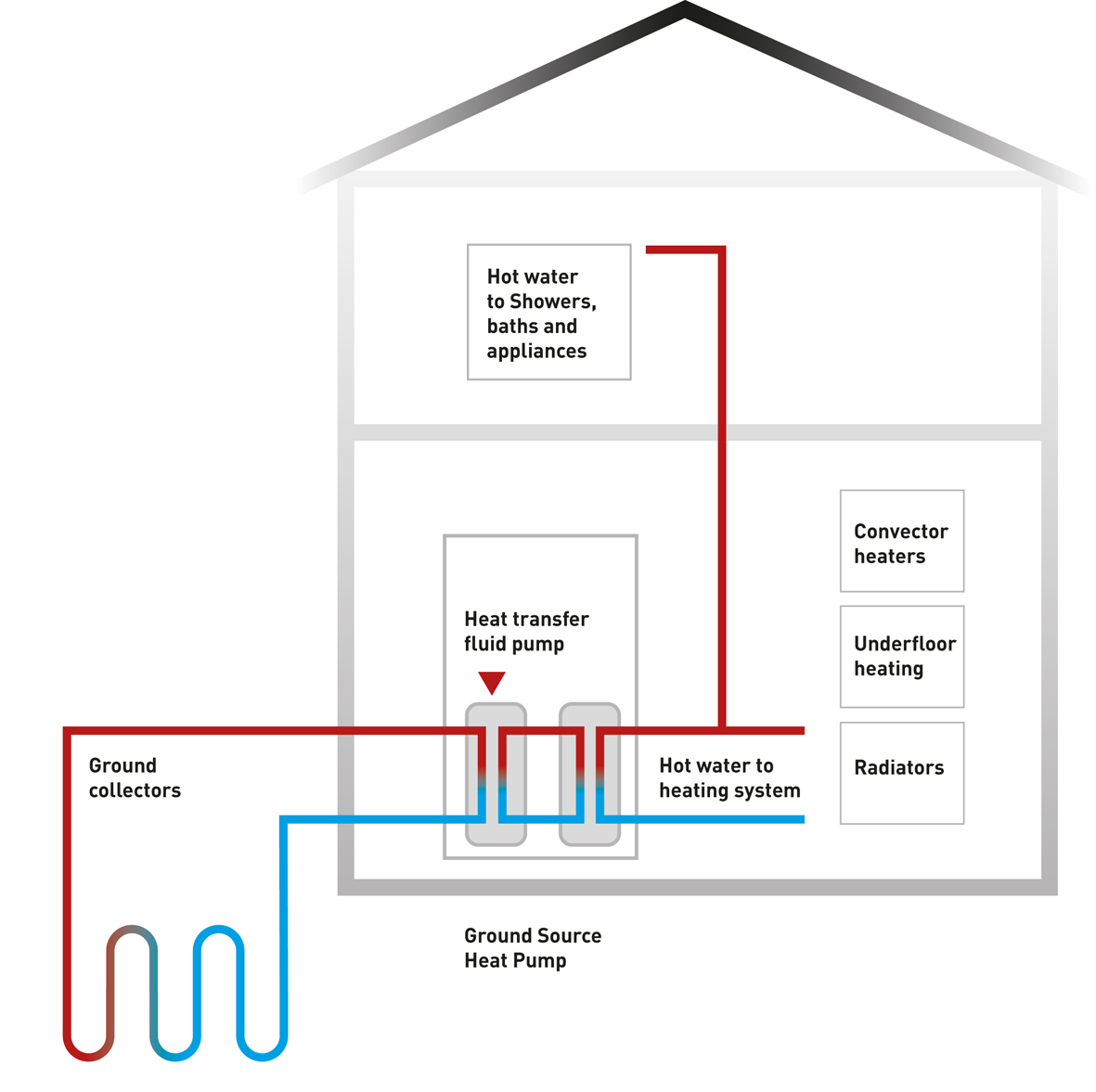
A solar thermal system uses the energy from the sun to heat up water to use in the home.
The way a solar thermal panel works is quite simple: it absorbs the heat from the sun with panels that are called solar collectors. The heated water or heat-transfer fluid then runs from the collectors to your hot water cylinder. This way a solar water heating system can provide your home with free heated water.
Solar thermal panels are not to be confused with solar panels, which use the energy from the sun to generate electricity. Solar photovoltaic (PV) panels are NOT included in the GHG Scheme.
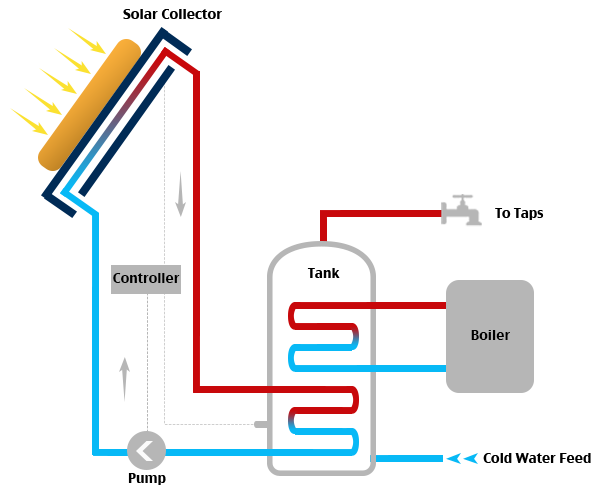
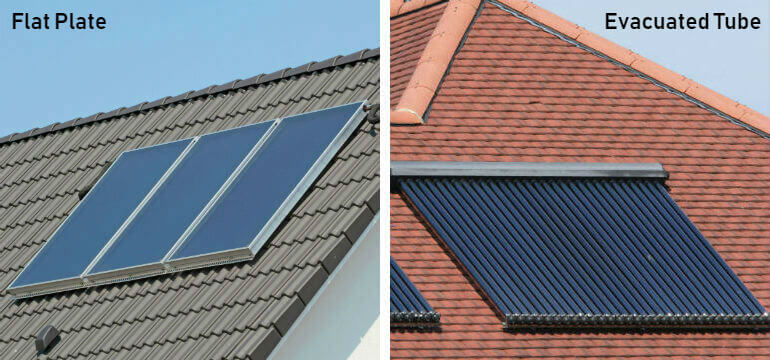
Biomass boilers are very similar to conventional gas boilers that you will be familiar with, providing you with space heating and hot water for the entire home, but instead of using gas (or oil) to produce the heat, they combust sustainably sourced wood pellets.

If you wish to register you interest in the scheme - click here